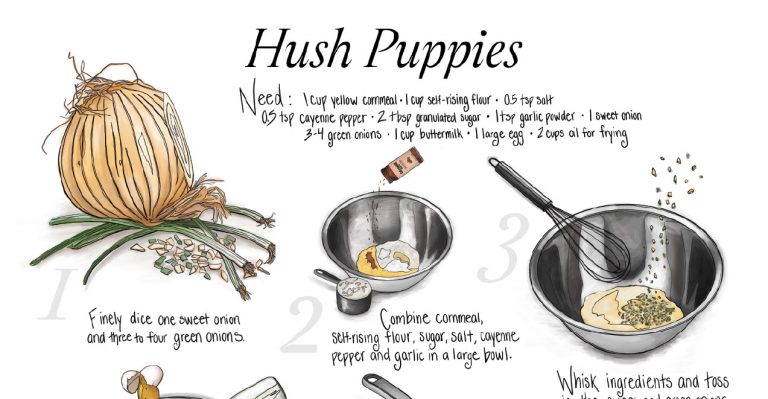Eat Like an Okinawan: How to Practice Hara Hachi Bu at Home
Guide
In Okinawa, Japan, people live longer than almost anyone else on Earth. Many stay sharp, active and independent well into their 90s and beyond. Their secret? It’s not just one thing; it’s a lifestyle. And a big part of that lifestyle is a simple phrase they live by: hara hachi bu. The saying comes from Confucian teachings and translates to “eat until you are 80 percent full.” It’s a way of eating that encourages mindfulness, moderation and respect for your body’s natural signals. And it’s one of the reasons Okinawa is considered a Blue Zone; one of five regions around the world where people routinely live longer, healthier lives. So, what exactly is hara hachi bu, and how can you practice it at home? This isn’t a strict diet or wellness trend. It’s about shifting how you approach food: slowing down, staying aware and recognizing when enough is enough.
Here’s how to get started
1. Slow your pace. Your stomach sends fullness signals to your brain, but it takes time, about 20 minutes in fact. Eating more slowly gives your body a chance to catch up before you overdo it. Take small bites, chew thoroughly and put your fork down between bites.
2. Downsize your dinnerware. Our eyes play tricks on us. Larger plates make normal portions look small, which can lead to overeating. Using smaller plates can help you serve less without feeling like you’re missing out.
3. Serve it, then step away. Portion out your meal, and leave the extra food in the kitchen. When the pot is still on the table, seconds (and thirds) feel automatic. This simple move makes you pause and think before going back for more.
4. Take a halfway break. Mid-meal, stop and check in with yourself. Are you still hungry, or just eating out of habit? This quick gut check can keep you from crossing into that too-full territory.
5. Turn off the distractions. Eating in front of the TV or while scrolling your phone makes it harder to listen to your body. Try making meals a screen-free zone so you can focus on the food and how it makes you feel.
6. Make it a habit, not a rule. This isn’t about perfection. It’s about building a little more awareness into your meals. Some days you’ll stop at 80 percent, some days you won’t. What matters is the intention behind it.

Why it works
Practicing hara hachi bu helps you tune into your natural hunger and fullness cues, which can lead to better digestion, fewer blood sugar spikes and easier weight management over time. It also reflects a deeper Blue Zone lesson: eating isn’t just about fuel, it’s about care, gratitude and balance. So the next time you sit down to eat, think like an Okinawan. Slow down, pay attention, and stop just before you’re completely full. Your body will thank you later.

Centenarian cuisine
Want to bring a little Okinawan wisdom to your plate? Start with the flavors. Here are a few classics to try as you explore the hara hachi bu way of eating:
Goya Champuru: A stir-fry of bitter melon (goya), tofu, pork and egg, lightly seasoned and packed with nutrients.
Okinawa Soba: Thick wheat noodles in a rich broth, typically topped with pork ribs or fish cake; comfort food with a healthy twist.
Rafute: Tender pork belly slowly braised in Awamori (a local rice liquor), black sugar and soy sauce for a sweet-savory depth of flavor. LL









